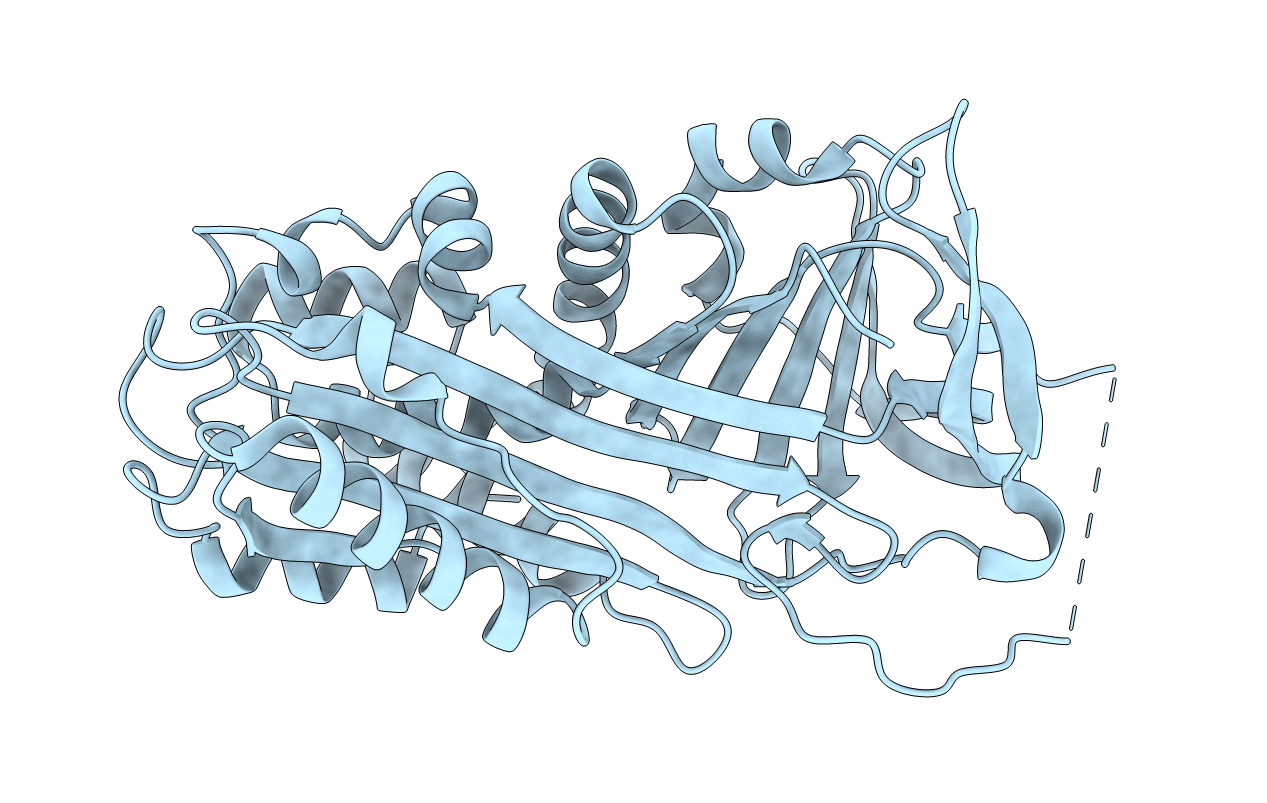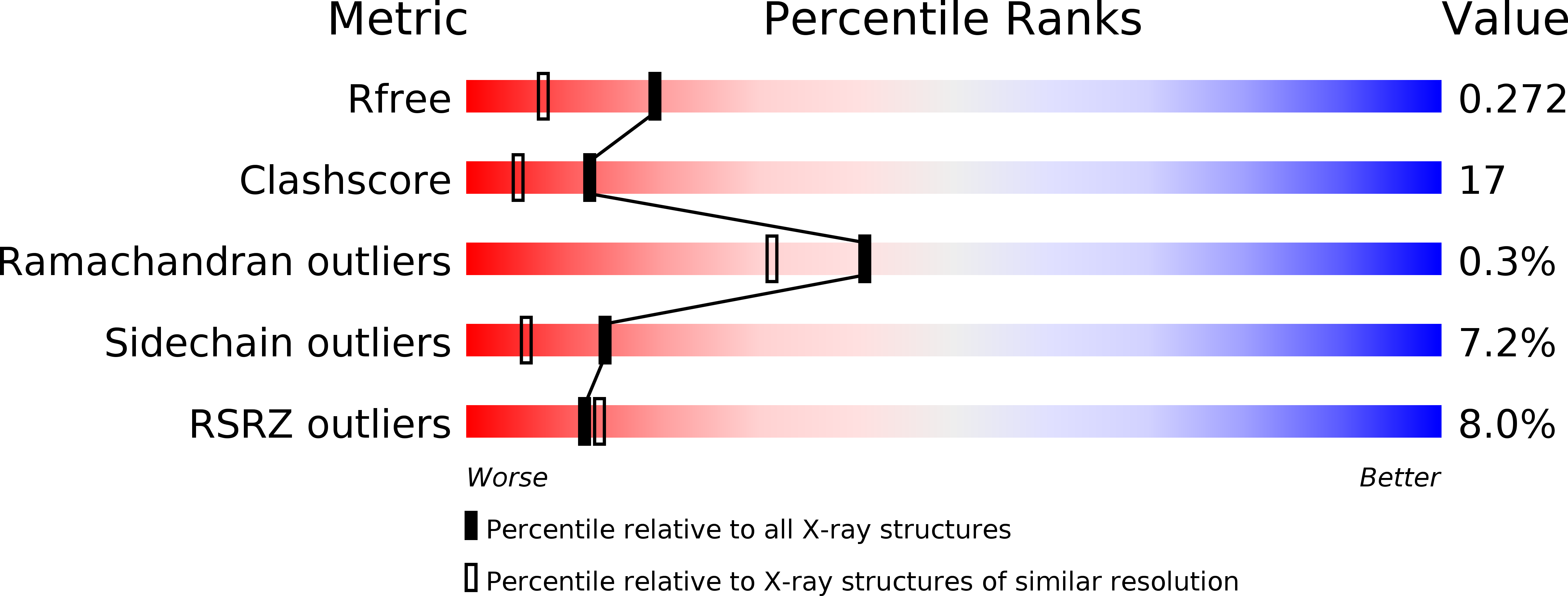
Deposition Date
2010-09-27
Release Date
2010-10-27
Last Version Date
2024-03-20
Entry Detail
PDB ID:
3OZQ
Keywords:
Title:
Crystal structure of Serpin48, which is a highly specific serpin in the insect Tenebrio molitor
Biological Source:
Source Organism:
Tenebrio molitor (Taxon ID: 7067)
Host Organism:
Method Details:
Experimental Method:
Resolution:
1.90 Å
R-Value Free:
0.27
R-Value Work:
0.22
R-Value Observed:
0.22
Space Group:
P 1 21 1


